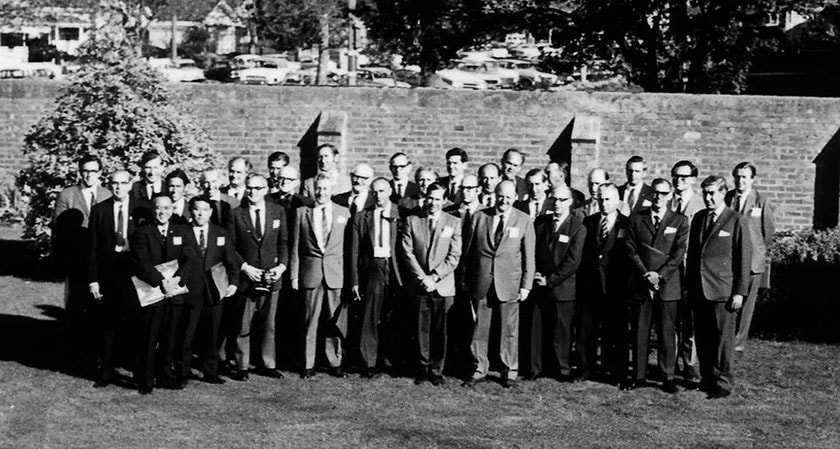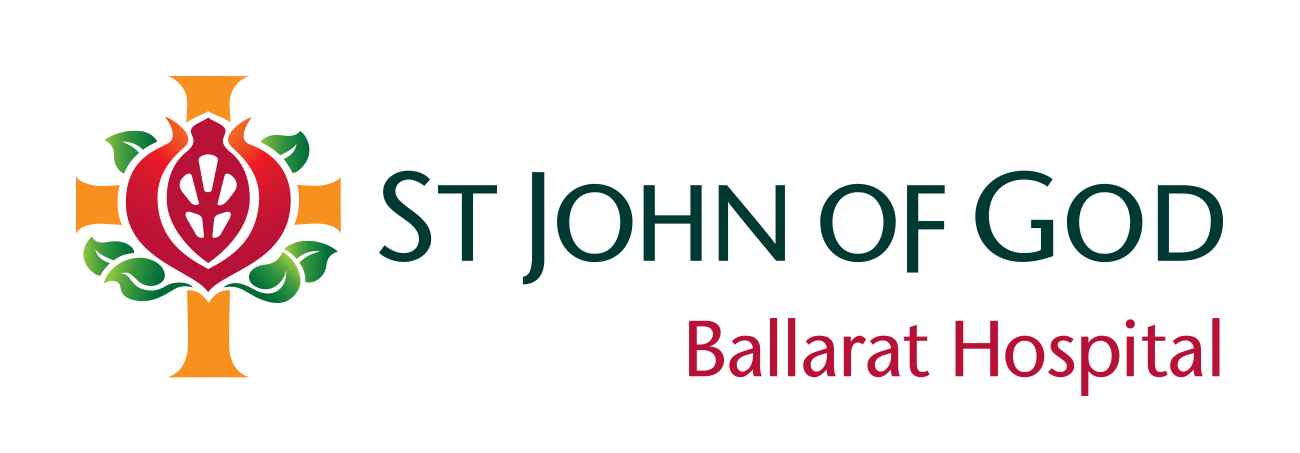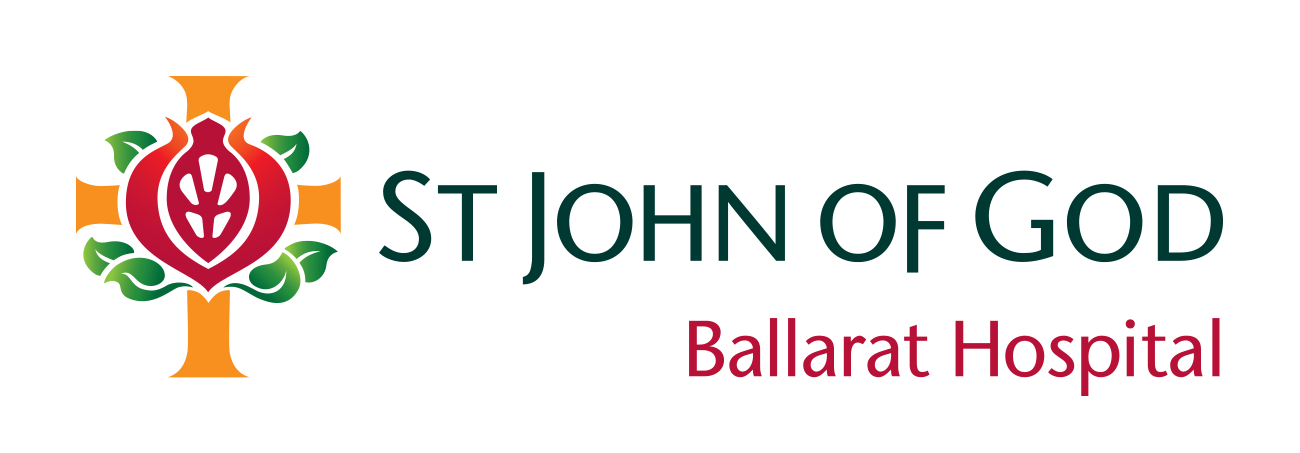History of St John of God Ballarat - 1970s - Troubles faced
10 May 2018

The 70s looked promising
Patient numbers in 1970 and 1971 continued at the same level seen in the 1960s, with more than 6,000 in both years.
At this time there were 91 private hospitals in rural and regional Victoria, and 218 in Melbourne.
Of these, the only registered private hospital in the Central Highlands region apart from St John of God Ballarat was a small Bush Nursing Hospital at Ballan. Ballarat’s population had, by this time, expanded considerably to around 58,000 people.
The downturn began
In 1972 and 1973, patient numbers dropped dramatically by 1,200. The post-war economic boom had ended, and both unemployment and inflation rose sharply in 1973 and 1974. By 1974, Australia was in another economic recession.
New advisory board established
A guiding hand for the Sisters came from the new advisory board, established in 1970. Including the Superior, Matron, a representative of the School of Nursing, Roy Dobson (solicitor), Leo Dwyer (engineering and maintenance), and six medical officers, the advisory board was formed to consider three aspects of the hospital’s future. They were:
- the training of nurses, which should be ‘continued and upgraded’;
- the presence of resident doctors, which is ‘becoming necessary’, and
- the desirability of the appointment of a part-time honorary medical superintendent.
Expansion to a 300-bed hospital was mooted, to ‘improve its services to the community’ and for nurse training purposes, as the School of Nursing by this time was very big.
Members of the advisory board regarded the development of community medicine as important to the future of nurse training.
They also considered the possibility of a postgraduate orthopaedic course for nurses, the introduction of rehabilitation services, and an enlarged specialist paediatric section.
The board deemed the enlargement and modernisation of the operating theatres to be of ‘fairly high priority’.
The development of a spinal unit for injuries associated with paraplegia and quadriplegia ‘has been recommended for this area [and] could well be a St John of God Hospital project’.
These developments in turn would demand a full-time pathologist. With medical staff, Sisters and the hospital’s first lay administrator, Leo Dwyer (1975–87) working closely together, the hospital addressed the difficulties of the 1970s.
What's next?
How the hospital worked towards beating some of the issues faced in the early 1970s.
You may be interested in

